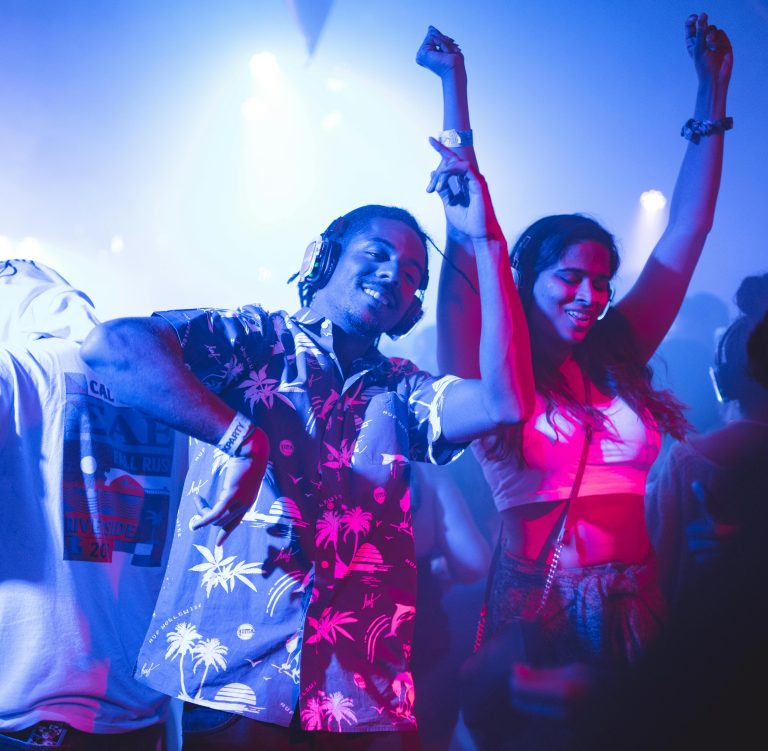
The Rhythms of Latin America: Exploring the Vibrant Music and Dance Cultures
09 August, 2024Latin America is a region rich in cultural diversity, and one of its most captivating aspects is its music and dance. From the lively beats of salsa to the soulful sounds of tango, Latin American music and dance have captivated audiences worldwide. This article explores the vibrant traditions and contemporary trends in Latin American music and dance, highlighting their cultural significance and global influence.
The Passion of Tango in Argentina
Tango is one of Argentina’s most iconic cultural exports. Originating in the working-class neighborhoods of Buenos Aires in the late 19th century, tango has grown into a global phenomenon. The dance is characterized by its passionate and intimate movements, while the music features a blend of European and African influences, often played on the bandoneón, a type of accordion.
Tango has become a symbol of Argentine identity, with famous dancers and musicians like Carlos Gardel and Astor Piazzolla contributing to its international acclaim. Buenos Aires is home to numerous tango clubs, known as milongas, where locals and tourists alike can experience the magic of tango. For those who cannot visit Buenos Aires in person, enjoying the experience of tango through online videos and virtual dance classes can be an excellent alternative. Additionally, for those who enjoy trying their luck, exploring cashtocode casino can add another layer of excitement.
The Energy of Salsa in Cuba
Cuba is the birthplace of salsa, a dance and music style that has become synonymous with Latin American culture. Salsa originated in the early 20th century, evolving from earlier Cuban dance forms such as son, cha-cha-chá, and mambo. The music is characterized by its energetic rhythms and infectious melodies, typically played by ensembles featuring brass instruments, percussion, and piano.
In Havana, the heart of Cuba, salsa is more than just a dance; it’s a way of life. The city’s vibrant music scene is filled with salsa clubs, where live bands perform nightly, and dancers showcase their skills. The energy and excitement of a Havana salsa club are unmatched, but for those who can’t travel, listening to salsa music online or taking virtual dance lessons can bring a taste of Cuba’s lively culture to your home.
The Festivity of Samba in Brazil
Samba is the quintessential Brazilian music and dance style, known for its lively rhythms and exuberant performances. It originated in Rio de Janeiro in the early 20th century, with roots in African and Brazilian folk traditions. Samba music is often performed by large ensembles featuring drums, string instruments, and brass, while the dance is characterized by its fast-paced, rhythmic movements.
The highlight of samba culture is the annual Carnival in Rio de Janeiro, where samba schools compete in elaborate parades featuring stunning costumes, intricate choreography, and powerful music. The vibrant atmosphere of Carnival attracts millions of visitors each year, making it one of the world’s most famous festivals. For those unable to attend Carnival, streaming live performances and participating in online samba workshops can offer an immersive experience.
The Soulful Sounds of Mariachi in Mexico
Mariachi music is a beloved tradition in Mexico, known for its rich melodies and heartfelt lyrics. Originating in the western state of Jalisco, mariachi bands typically feature violins, trumpets, and guitars, with musicians dressed in traditional charro outfits. The music often tells stories of love, honor, and Mexican history, resonating deeply with audiences.
Mariachi has become a symbol of Mexican culture, celebrated at festivals, weddings, and national holidays. In Mexico City, Plaza Garibaldi is a popular spot where mariachi bands perform nightly, serenading locals and tourists alike. For those who cannot visit Mexico, enjoying mariachi performances through online platforms can provide a glimpse into this vibrant musical tradition.
Exploring Modern Latin American Music
While traditional music and dance remain central to Latin American culture, contemporary artists are pushing the boundaries and creating new sounds. Reggaeton, a genre that originated in Puerto Rico, has become a global sensation, blending Latin rhythms with hip-hop and electronic music. Artists like Daddy Yankee and J Balvin have brought reggaeton to mainstream audiences, influencing music trends worldwide.
Similarly, Latin pop and rock have gained international popularity, with artists like Shakira, Ricky Martin, and Mana achieving global success. These genres incorporate elements of traditional Latin music while exploring new themes and styles, reflecting the evolving cultural landscape of Latin America.
Latin America’s music and dance traditions are a testament to the region’s rich cultural heritage and vibrant spirit. From the passionate tango of Argentina to the lively samba of Brazil, these art forms have captured the hearts of people around the world. While experiencing these traditions in person is unparalleled, online platforms offer a valuable way to explore and appreciate Latin American music and dance from anywhere in the world. Embrace the rhythms of Latin America and let its vibrant culture inspire you
Follow Sounds and Colours: Facebook / Twitter / Instagram / Mixcloud / Soundcloud / Bandcamp
Subscribe to the Sounds and Colours Newsletter for regular updates, news and competitions bringing the best of Latin American culture direct to your Inbox.

